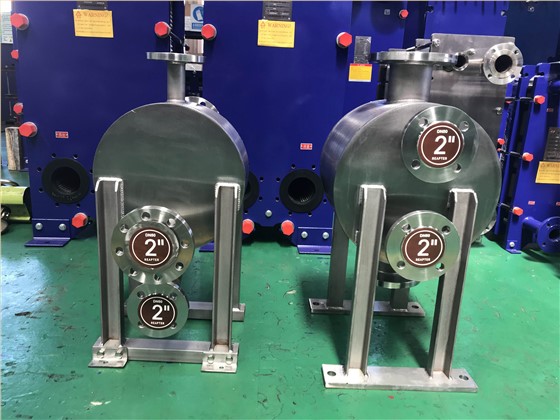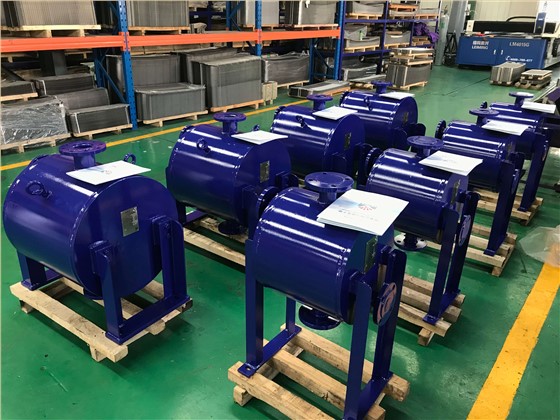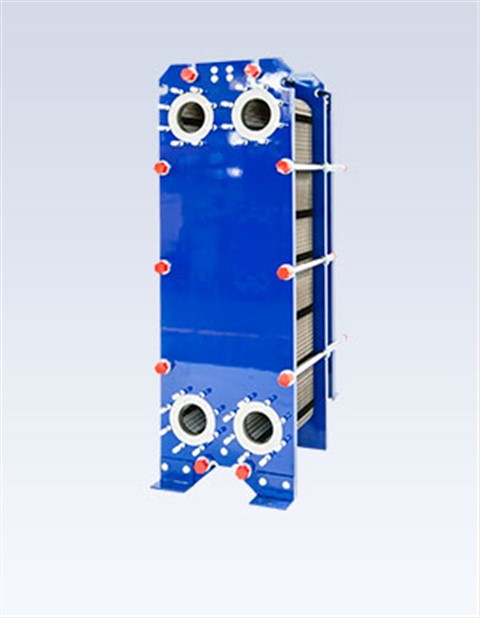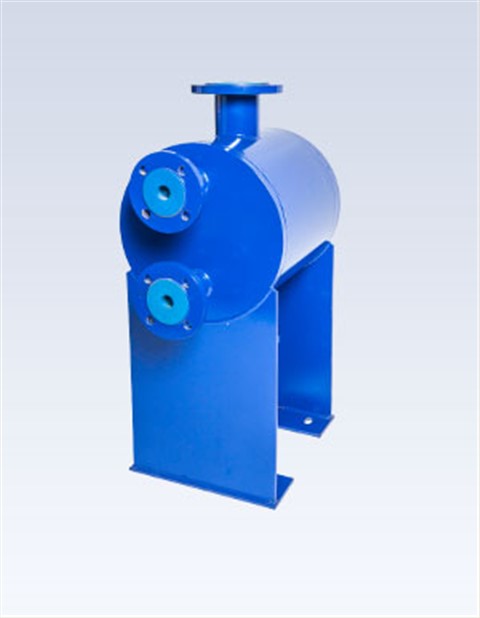The plate and shell heat exchanger is mainly composed of a plate bundle and a barrel shell welded from a corrugated plate sheet group. With a compact structure, small temperature difference at the end, high temperature and high pressure resistance, pressure reduction, energy-saving space, it can be said that it is a new type of heat exchanger. In actual use, it will also have some practical problems, one of which is the problem of corrosion string fluid.

To clarify the problem of plate and shell heat exchanger corrosion string fluid, we have to start with its working principle. Its working principle is that the fluid medium enters the interior and flows in a purely counter-current manner on the corrugated sheet group, which can form a high-temperature turbulent flow, the whole sheet area is used for heat transfer, which can achieve the purpose of high heat transfer efficiency.
The plate shell heat exchanger corrosion string fluid problem occurs because the plate harness material and from the flange to the plate harness connection material selection error, after a long time will appear after the use of media leakage, media leakage later in the tube body scurrying, the formation of string fluid problems; in addition, the plate harness of corrosive media on the plate harness weld to form an impact, will also cause leakage string fluid occurs.
So how to solve this plate and shell heat exchanger corrosion string fluid problem,the first is for the medium, and the medium temperature selection. The application of special materials such as Hastelloy, etc., which will avoid the occurrence of corrosion, from the flange to the channel of the beam should also use special materials; secondly, the beam should be welded using plasma welding, so that the depth of melting, high weld stability, less vulnerable to impact and corrosion.

The use of special materials and the use of automated plasma welding technology to improve the corrosionof cascading fluids in plate and shell heat exchangers is also an example of the continuous development of heat exchangers, the use of more new materials and technologies to make the performance of plate and shell heat exchanger equipment more superior and the use of a wider range of scenarios.


 Food grade plate heat exchanger
Food grade plate heat exchanger Plate And Shell Heat Exchanger
Plate And Shell Heat Exchanger